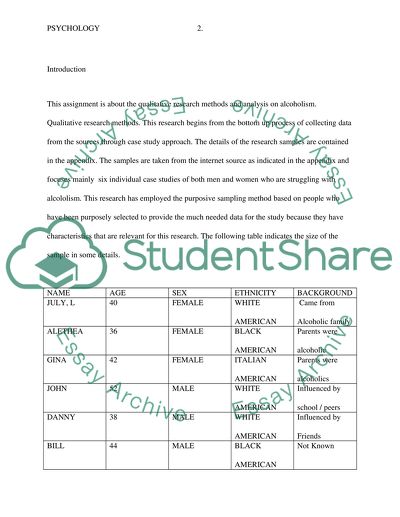Cite this document
(“Alcoholism Recovery Qualitative analysis Essay Example | Topics and Well Written Essays - 1750 words - 1”, n.d.)
Alcoholism Recovery Qualitative analysis Essay Example | Topics and Well Written Essays - 1750 words - 1. Retrieved from https://studentshare.org/psychology/1612712-alcoholism-recovery-qualitative-analysis
Alcoholism Recovery Qualitative analysis Essay Example | Topics and Well Written Essays - 1750 words - 1. Retrieved from https://studentshare.org/psychology/1612712-alcoholism-recovery-qualitative-analysis
(Alcoholism Recovery Qualitative Analysis Essay Example | Topics and Well Written Essays - 1750 Words - 1)
Alcoholism Recovery Qualitative Analysis Essay Example | Topics and Well Written Essays - 1750 Words - 1. https://studentshare.org/psychology/1612712-alcoholism-recovery-qualitative-analysis.
Alcoholism Recovery Qualitative Analysis Essay Example | Topics and Well Written Essays - 1750 Words - 1. https://studentshare.org/psychology/1612712-alcoholism-recovery-qualitative-analysis.
“Alcoholism Recovery Qualitative Analysis Essay Example | Topics and Well Written Essays - 1750 Words - 1”, n.d. https://studentshare.org/psychology/1612712-alcoholism-recovery-qualitative-analysis.


